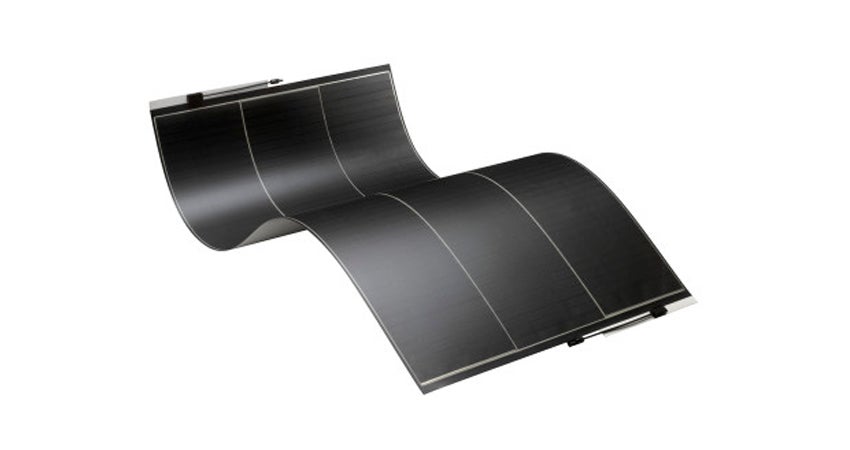Solar Solutions


Sunlight is free, so once you’ve paid for the initial installation, your electricity costs will be reduced.
Solar electricity is low carbon, renewable energy. A typical home solar PV system could save around one tonne of carbon per year, depending on where you live.
With any domestic PV system, there will be times when the electricity you generate is more than you can use or store, so the surplus will be exported to the grid to be used by somebody else. If you want to be paid for exporting, you need to make sure you’re getting an export payment.

If you see a solar panel with black cells, it’s most likely a monocrystalline panel. These cells appear black because of how light interacts with the pure silicon crystal.
While the solar cells themselves are black, monocrystalline solar panels have a variety of colors for their back sheets and frames. The back sheet of the solar panel will most often be black, silver or white, while the metal frames are typically black or silver.
SELECTUnlike monocrystalline solar cells, polycrystalline solar cells tend to have a bluish hue to them due to the light reflecting off the silicon fragments in the cell in a different way than it reflects off a pure monocrystalline silicon wafer.
Similar to monocrystalline, polycrystalline panels have different colors for back sheets and frames. Most often, the frames of polycrystalline panels are silver, and the back sheets are either silver or white.
SELECT
The biggest differentiating aesthetic factor when it comes to thin-film solar panels is how thin and low-profile the technology is. As their name suggests, thin-film panels are often slimmer than other panel types. This is because the cells within the panels are roughly 350 times thinner than the crystalline wafers used in monocrystalline and polycrystalline solar panels.
It’s important to keep in mind that while the thin-film cells themselves may be much thinner than traditional solar cells, an entire thin-film panel may be similar in thickness to a monocrystalline or polycrystalline solar panel if it includes a thick frame. There are adhesive thin-film solar panels that lie as-close-as-possible to the surface of a roof, but there are more durable thin-film panels that have frames up to 50 millimeters thick. As far as color goes, thin-film solar panels can come in both blue and black hues, depending on what they’re made from.
SELECTThe average domestic solar PV system is 4.2kWp and costs around £6,500. The amount you will pay is influenced by the size of array and will be affected by any difficulty with access to your roof. Some of the installation costs can be shared if you already have scaffolding up for roof repairs or if you are building a new house. Costs are also affected by whether you choose panels or tiles, and whether you opt for building-integrated panels or choose panels that sit on top of your roof. Panels on top of the roof are the cheapest option, while tiles are the most expensive for the equivalent system. The cost of ground-mounted systems is more difficult to predict, as there are more variables such as the type of mounting frame, and how far away it is from the house. Costs can vary between installers and products, so we recommend getting quotes from at least three installers.
Most households will use about 15-25% of the energy you generate, though this can change quite dramatically based on:
Instead of sending surplus electricity to the grid, a PV diverter switch can power the immersion heater in your hot water tank, storing hot water for you to use later. On its own, excess solar energy is unlikely to meet all of your hot water needs, but it can help reduce your bills.